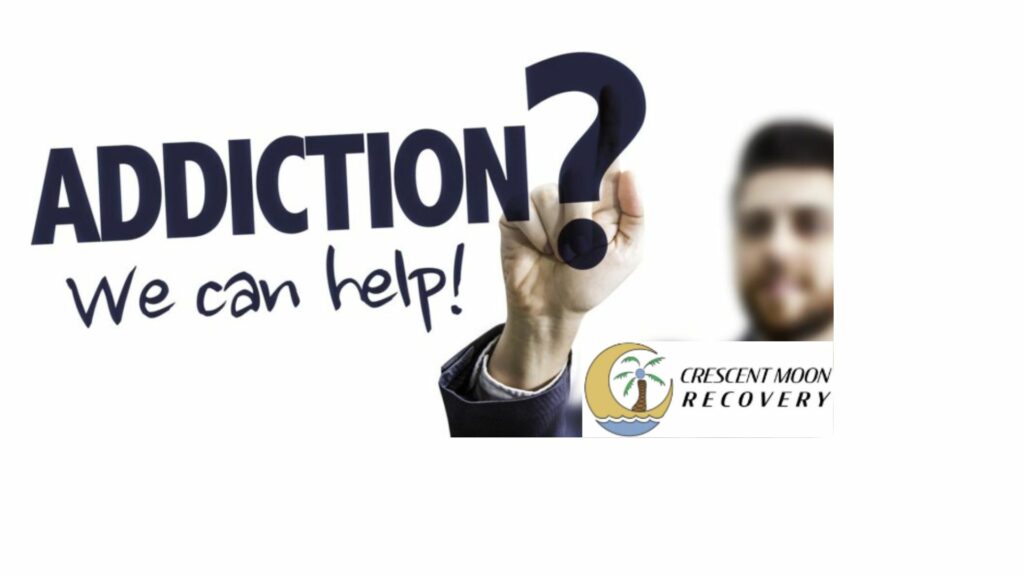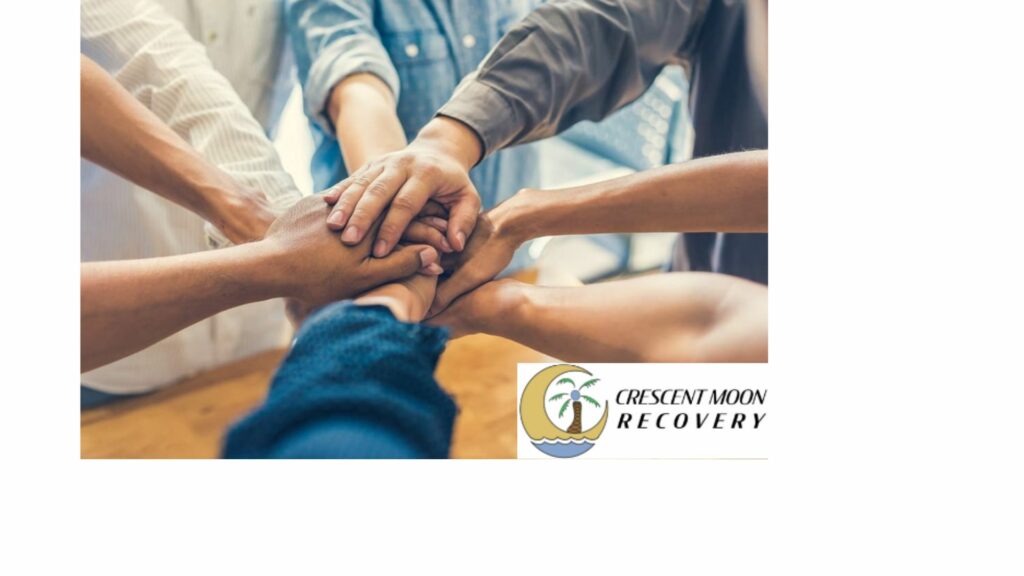
Statisticians use numerical data to analyze subjects such as medicine, politics, and commercial retail sales. This allows researchers to identify trends and test new ideas. Experts are looking for ways to combat the growing problem of substance abuse. Statisticians provide information to drug abuse professionals about the most vulnerable populations, the most popular drugs among different age groups, relapse rates after treatment, and education levels of abusers. This information allows drug policymakers to design more effective programs for prevention and treatment than they would otherwise.
Drug abuse can lead to behavioral and biological health problems that impact individuals, families, communities, and entire communities. According to economic estimates, drug abuse, including alcohol, tobacco and prescription drugs, can cost as much as 20% of the federal budget. The drug problem is also closely linked to crime, so it is a matter of public safety and health. Addiction researchers examine the rates of abuse based on demographics such as age, gender, geography, drug abuse, and many other characteristics. Drug policymakers can create more effective programs for prevention and treatment by understanding addiction’s scope and scale.
The National Institute on Drug Abuse is one group that is leading the charge in understanding drug abuse in America. The National Institute on Drug Abuse (NIDA) has the stated mission to “lead America in bringing science to bear against drug abuse and addiction”. NIDA researchers collect, analyze and publish data about drug abuse in the United States. This provides a solid statistical description on drug use across a range of substances including heroin, cocaine, and marijuana.
The United States is facing a huge economic burden from the abuse of prescription and illicit drugs, which costs $137 billion annually in direct health care costs. The cost estimates for crime and lost productivity add up to more than $600 billion, or 17.1% of the U.S. federal budget.
source(s):
The amount of drug use in America has increased slightly between 2002 and 2012. The number of Americans who used illicit drugs or abused psychotherapeutic medications in the last month was 13.0%, which is slightly higher than it was in 2002. This number rose to 13.2% in 2012 — an increase of more than 4 million Americans. This is mainly due to an increase in marijuana usage: In 2007, 5.8% of Americans had used marijuana in the previous month. By 2012, that number rose to 7.3%. The usage of illicit drugs was stable during the same time period. This suggests a shift in culture towards marijuana.
Another nationwide trend is the increase in use by those 50 and older (more than doubling between 2002-2012), the decline in underage consumption (28.8% in 2002, 24.3% 2012), and the decline in driving under influence (14.2%) reported driving under influence in 2002 compared to 11.2% (2012).
The United States is facing a rising problem with prescription drug abuse and non-medical use. Prescription opioid pain relief is responsible for more deaths annually than all other illegal drugs. Prescription drugs have been linked to an increase in emergency room visits due to legal access and implicit trust in doctors’ opinions. Prescription drug abuse could soon become America’s largest problem with substance abuse. ER visits related to prescription drug abuse have nearly doubled over the six-year period 2004-2009.
Prescription drug overdoses are the leading cause for drug overdose death in the United States. There were 33,175 deaths from accidental drug overdoses in 2012; 53% of these were due to prescription and illicit pharmaceutical use. 72% of deaths due to prescription drugs were caused by opioids. This highlights the terrible consequences of opioid misuse and abuse.
source(s):

Even though alcohol is legal, it is still considered a drug that has a high risk of abuse. The most prevalent and expensive substance abuse disorder in America is alcohol abuse. Habitual alcohol consumption is very common (71% of Americans have drank in the last year), and binge and heavy drinking are also quite common (24.6% and 7.1%, respectively). Alcohol use disorders are responsible for nearly $223 billion in lost productivity and health care costs. Nearly 3/4 of these costs are due to binge drinking which 24.6% Americans indulge in on a monthly base. Nearly 88,000 Americans die each year due to alcohol-related causes.
Source:
The leading cause of motor vehicle deaths is still alcohol. In 2011, 9,878 people died in crashes involving alcohol (31%) compared to the 10,019 deaths that occurred in 2002. This continues a trend that began in 1980 when 60% of all vehicle deaths were due to alcohol.
Source:
The number of individuals who abuse substances while under the age of 18 continues to fall. There was a significant decline in alcohol use between 2009 and 2014. In 2014, 37.4% of 12th-graders tried alcohol, compared with 43.5% in 2009. This includes binging (31.5% 1998, 19.4% 2014). The youth rate of smoking cigarettes is at its lowest level since the youth drug abuse survey began. Only 6.7% reported that they smoked daily in 2014. This compares to an average of 25% in 1997.
Youths are less likely to use illicit drugs than they were in 1997, when it was at its highest point of 34.1%. This includes all substances, except marijuana, which has remained steady at 20%. The perception of harm has increased and the perceived ease of access decreased. This suggests that high school students are more aware of the dangers of illicit drugs while also having less access.
Although youth drug and alcohol use has decreased, prescription drug abuse has not. The rate of ADHD medication misuse among high school seniors has remained stable at around 8.8%. Although prescription drug use has declined or remained stable, teens are less concerned about the potential dangers of using prescription stimulants.
According to SAMHSA in 2009, 23.5 million Americans required treatment for an illegal drug or alcohol abuse problem. Only 11% of these people received treatment in a specialist facility. This indicates that people suffering from drug or alcohol problems are not seeking the help they need.
Source:
2009 saw nearly 4.6 million drug-related ER calls. Half of all ER visits were due to adverse reactions to prescribed pharmaceuticals, but 45% were related to drug abuse. The following are the 2.1 million drug-related ER visit statistics:
Source:
The number of visits involving non-medical uses of pharmaceuticals has risen from 627,291 to 1,244,579 visits in 2004, an increase of 98.4%. Contrary to other positive news about substance abuse (significant drop of alcohol-related fatalities, decreases in teen drug/alcohol abuse and other trends mentioned above), the rate of pharmaceutical abuse/abuse seems to be on the rise and could quickly become the biggest public health problem in the country. Alprazolam (148.3%), oxycodone (222.2%) and hydrocodone (124.5%) saw the largest increases by substance. When compared with illicit drugs, ecstasy only saw a comparable rate of rise in ER visits during the same period.
2011 saw some improvements in the fight against drug abuse. U.S. Drug Enforcement Administration provided statistics showing a significant drop in drug use by teens in almost every category. The decrease in youth use of illegal drugs meant that police could shift their enforcement resources to other age categories, and prevention programs could claim credit for funding after a decade of successful outreach to young people.
However, these numbers were not all positive. According to NIDA, high school seniors used more amphetamines than ever before. This includes prescription medications such as Ritalin and Adderall. This statistic could be influenced by many factors. NIDA found that high school seniors were more likely to use amphetamines due to increased academic competition and over-scheduling. The use of OxyContin for non-medical purposes did not rise or fall among high school students. This suggests that educational programs may have had some modest success, but that the battle was far from over.
Analyzing the data over a decade is more telling than looking at individual years. We saw a steady decline in the number of DEA arrests over this period, from a high point of 39,770 in 2000, to 30,922 by 2010. Analysts must take into account the DEA’s budget, enforcement practices, and the public’s appetite for illegal drugs in order to accurately analyze this pattern. Other factors can also influence the decision to use illicit drugs. The 2010 National Survey on Drug Use and Health by SAMHSA highlighted drug abuse among people who are being treated for mental illness. This group had a higher rate of drug abuse than the one not being treated for mental illness. It was 25.8 percent compared to 12.1 percent. These data highlight the importance of dual diagnosis treatment. The numbers show that people with mental illness are more likely to use destructive drugs.
Statistics from the Partnership for a Drug-Free America were of a different kind. In the decade ending in 2010, there was a decline in the number of parents who communicated an anti-drug message directly to their children. A little more than 30% of parents surveyed said they avoided the topic altogether. Parents who didn’t monitor their children’s use of prescription drugs in the medicine cabinets were another concern for drug prevention advocates. One in ten teenagers admitted to using cough syrup for high, but only half of parents paid attention to how much was consumed.
Are you ready to take control of your life? You can take the next step to recovery by seeking life-changing treatment at Crescent Moon Recovery.

Over the last 30 years, statistical knowledge of alcohol and drug abuse has made great strides towards the prevention and treatment. The Centers for Disease Control and Prevention has stated that drug overdose deaths have increased steadily due to a rising prescription drug epidemic and a decline in perceived harm from certain drugs.
Each day, in the United States, 114 people are killed by drug overdoses. Another 6,748 are treated at emergency departments (ED) because of the misuse or abuse drugs. Nearly 95% of poisoning deaths in the United States are due to drugs.
Americans are more likely to die from drug addiction than ever because only one in ten people who have a substance abuse problem get the help they need. Don’t let your loved one fall prey to drug and alcohol addiction. Get help today at Crescent Moon Recovery.
© 2023 Crescent Moon Recovery: Alcohol & Drug Rehab Centers Orange County, LLC. All Rights Reserved. Website by Irvine Web Design